The volatility in the gold market shows no signs of abating, with prices fluctuating unpredictably throughout the day. This instability has reached unprecedented levels in April, marking eight decreases and four increases in gold prices, according to historical records.
The Bangladesh Jewelers Association attributes this fluctuation to a shift from traditional pricing methods to a more dynamic approach aligned with international market trends. Consequently, the price of gold is subject to frequent adjustments, reflecting the global market's dynamics.
For many, jewelry represents more than mere adornment; it embodies pride and tradition. However, the rapid fluctuations in gold prices have impacted both buyers and sellers in Bangladesh. The Bangladesh Jewelers Association adjusted gold prices 12 times in April alone, reflecting the challenges faced by the industry.
On April 30th, the price of 22-carat gold per gram ranged from 9,500 to 11,000 taka, reaching a historic high of 117,573 taka per gram. However, it's essential to note that these prices exclude additional costs such as VAT and jeweler's fees.
Despite efforts to stabilize prices, the Bangladesh Jewelers Association acknowledges the significant reliance on imported gold to meet domestic demand. Only 25 percent of the country's annual demand of 200 tons is legally supplied from abroad, with the remainder sourced from recycled gold within the country.
While recent price adjustments have narrowed the gap between domestic and international gold prices, market participants continue to navigate the challenges posed by fluctuating global trends. As the gold market remains dynamic, stakeholders are closely monitoring developments to adapt and ensure stability within the industry.






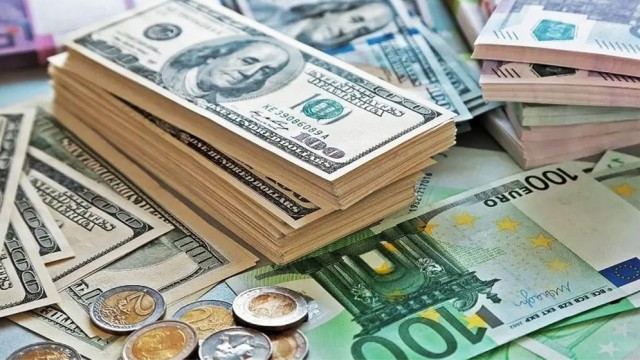
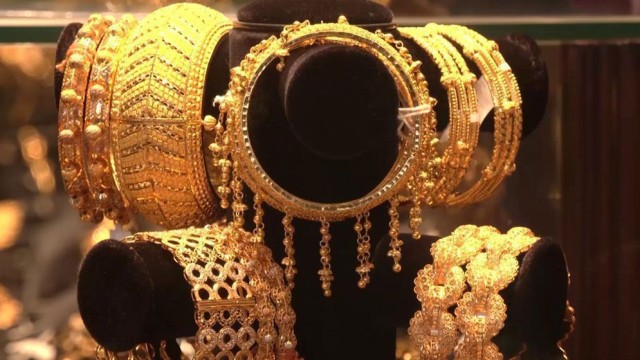
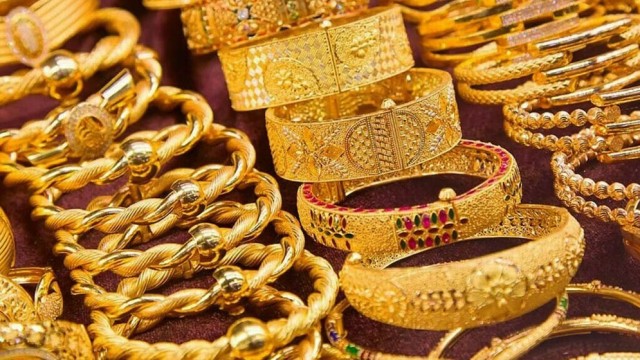
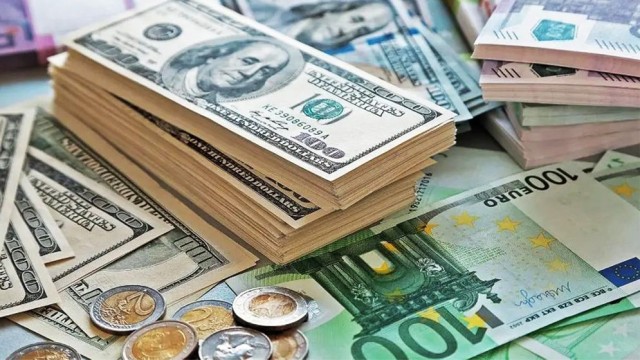
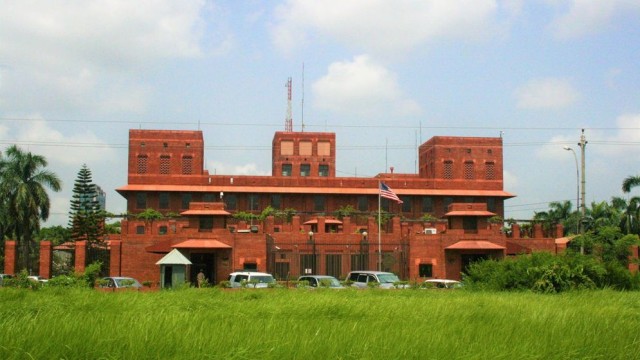



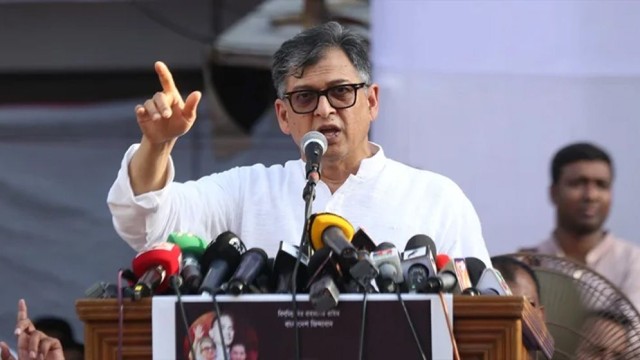


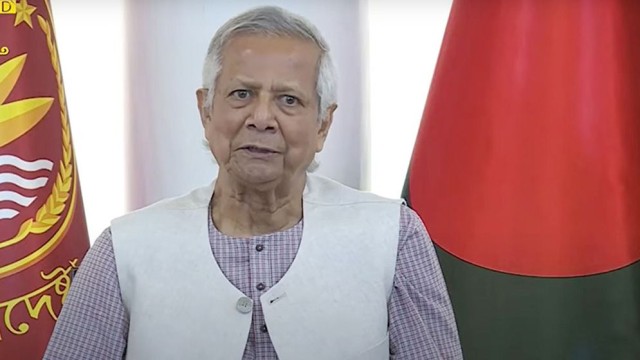
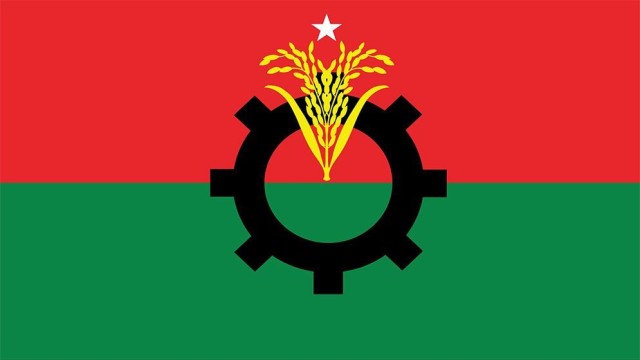




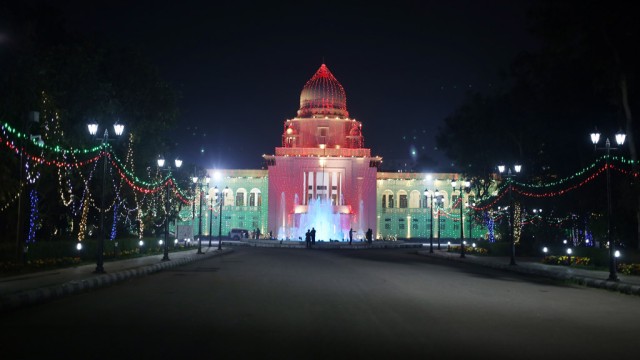





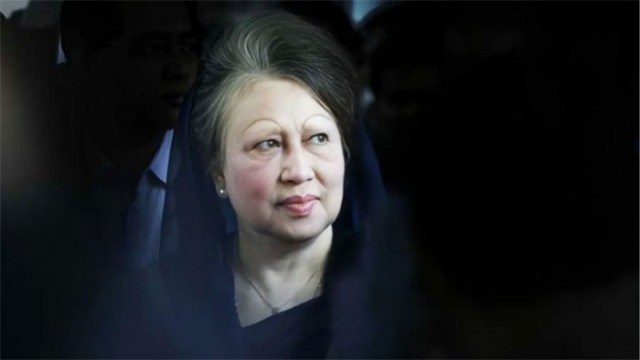

Comment: